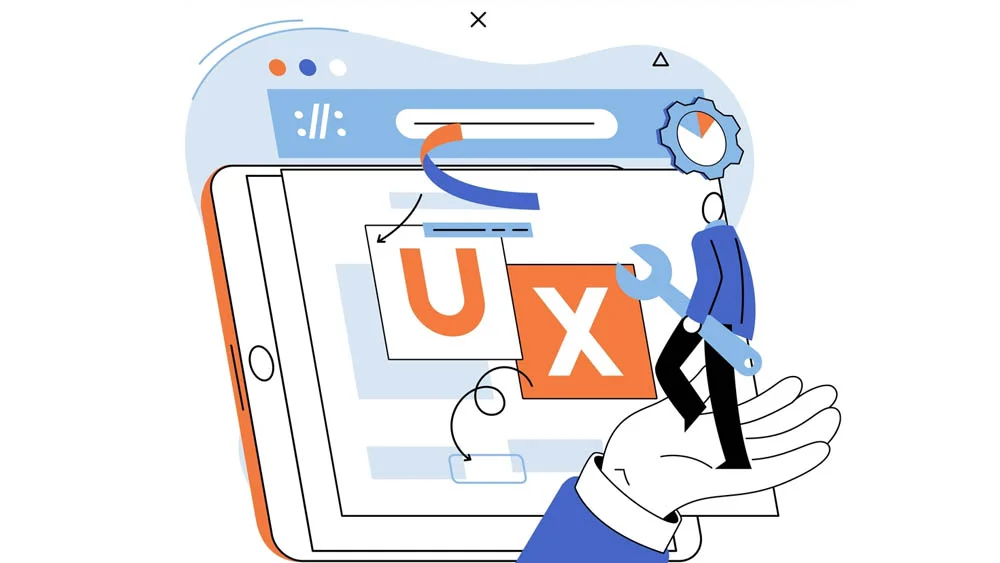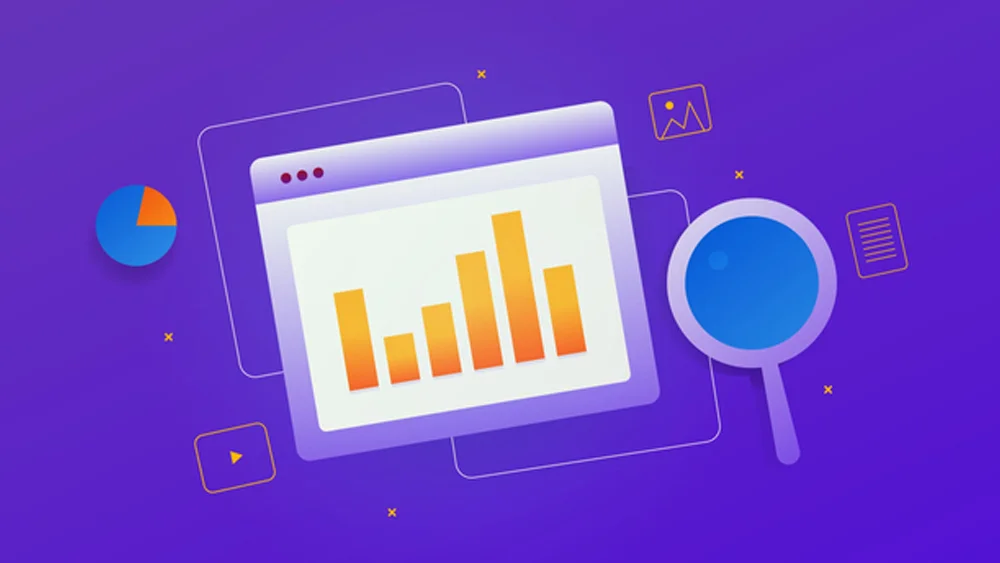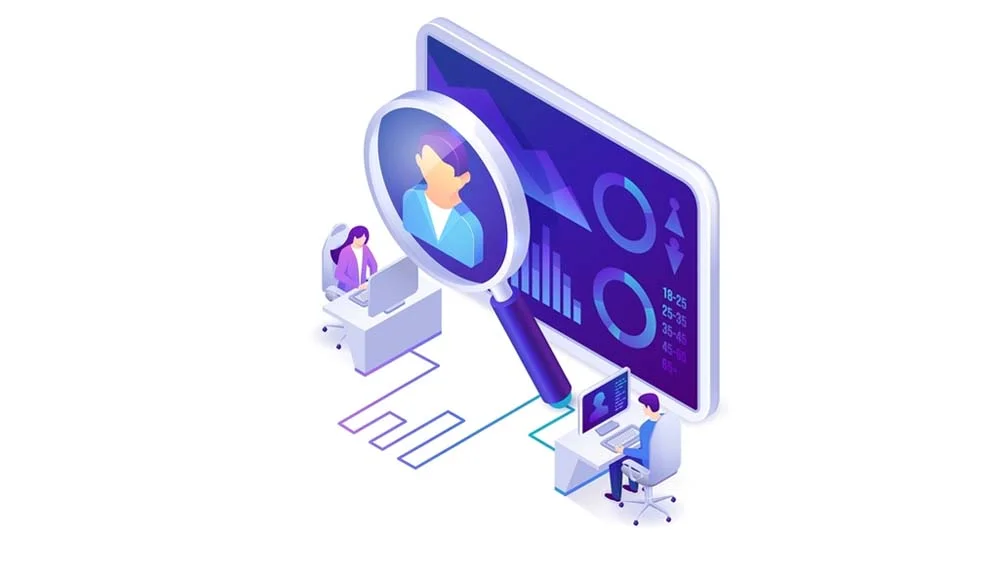Sometimes, we like it when things go our way as if they were made specifically for us. Now, this can go with clothes; you can easily have a piece made for your style or preferences. Or maybe perfumes; getting a scent that matches us exactly is something we all aim for. These are all examples of things that we can easily personalize, but let us think of things that can be more difficult. Do you think applications can be personalized? I mean, how could an application used by millions be personalized for each user? That is nearly impossible. It certainly is, but it is also doable. It is even the main strategy for all applications. In this article, we will discuss the role of personalization in applications and whether it is significant for the mobile app development process or not.
An Overview of Personalization and Its Role in App Development
We will start this article by giving an overview of the concept of personalization and its major role in apps.
In the business sector, personalization is a major and very important concept that helps with all operations, from production and distribution to marketing. So, when we generally define personalization, we will say that it is the process of creating a tailored interaction and experience to fit the specific needs and preferences of individuals. Anything in life can be personalized—clothes, gifts, products, services, and finally, apps.
With the exceptional rise of applications, developers were seeking a way that they could make apps more familiar to users rather than just generic. After trying and playing around with a bunch of strategies and different techniques, they thought about the most commonly used strategy, which is personalization. And that is how the term mobile app personalization emerged. App personalization is the process of tailoring everything about an app to fit the users’ preferences, needs, and wants. This includes components and parts like the user interface, features, functionality, style, and so on.
The process of personalization started with applications by transforming and curating small details and elements like content, which yielded outstanding results regarding engagement and retention. It then started to get more comprehensive and included nearly all elements of applications.
How Significant is Personalization in Apps?
The more the number of users and demand increased, the more personalization became effective. If you think about it, appealing to millions of users could be difficult, like very difficult. I mean, satisfying and creating a unique experience for this number wouldn’t be an easy process.
Luckily, mobile app personalization achieved this effectively by creating different experiences that appeal to all users according to different factors such as location, behavior, preferences, etc. This helped many applications transform completely from having nothing to being on the top charts and getting featured in all app stores.
If you can’t realize the significance of personalization, let me demonstrate it even better. Do you know, or even can you estimate, the number of apps that turn out to be huge failures? Let me surprise you by saying that more than 99% of apps developed fail miserably; only a small percentage succeed, and they are usually the apps we interact with daily. Upon conducting a great investigation as to why 99% of apps fail, they found out that one of the main reasons was poor personalization.
When a user chooses to install and use your app, he seeks to find a unique experience that is different from the large number of apps that he has probably worked with. Mobile app personalization helps offer this experience, as it completely alters the way a user perceives an application from just a tool to a place where he gets the ultimate tailored journey.
Personalization vs. Customization: Things We Thought Were Similar, but Trust Me, They Are Not
Now, many people might think that customization and personalization are similar. Two sides of the same coin or maybe one is a synonym for the other. However, what they don’t know is that as similar as the two terms might be, they are actually different.
As we mentioned before, personalization is the process of tailoring a whole experience for users by transforming app elements from just tools to things that users can relate to and are familiar with. So? Still same same? Well, not really. It is worth mentioning that personalization is usually done through app developers and owners to offer tailored experiences.
On the other hand, customization differs significantly. Customization also aims to create a tailored experience that users can enjoy. However, in this case, developers and app owners have nothing to do with tailoring these experiences, as users do this themselves. Customization is the process of allowing users to create changes to the app according to their needs and preferences. This happens by including customization options in the applications, such as themes, icons, and so on.
Benefits of Personalization for Apps and App Users
Personalization in apps offers a range of benefits, enhancing the user experience and engagement. Here are several advantages:
Improved User Experience
By customizing the application to each user’s preferences, personalization increases its relevance and ease of use. When features, recommendations, and content match users’ interests, they feel appreciated and understood. Therefore, they enjoy the experience more.
Increased Conversions
Tailored recommendations, promotions, or suggestions can contribute to improved conversion rates. Customers are more inclined to become regular clients or make purchases when presented with offerings that are specific to their needs or past actions.
Data-Driven Insights
Data gathering and analysis are crucial to the process of personalization. This information can help app developers refine their approaches and enhance the app based on users’ habits, interests, and patterns.
Building Trust
Apps can gain users’ trust and confidence if they cater to their individual needs while still protecting their data and privacy. It is critical to maintain transparency and integrity in data usage and personalization processes.
Customized Content Delivery
Apps can now provide content in the user’s preferred format, language, and style thanks to personalization. This guarantees that the information provided is not only useful but also easily digestible.
Community Building
A common advantage of personalized experience apps is that they bring together people who share common interests. This can result in more people using the app by increasing participation in feeds, channel groups, and other interactive social features.
The Best Techniques That Guarantee Effective Personalization for Your App
-
Segmentation is The Answer!
The first and most important technique of mobile personalization is segmentation. Segmentation is always a part of any app development and marketing strategy, as it helps improve the user experience to a major extent. App segmentation is the process of dividing users into groups according to certain factors, such as behavior, average usage time, etc. Segmentation helps app developers and owners gather data about how users interact with the app and how often. This data will allow them to personalize the app experience and journey accordingly and focus on important elements only. For instance, fitness apps like MyFitnessPal segment their users according to goals and activity levels so they can offer them the best plans and suggestions.
-
Personalized Recommendations
Personalized recommendations are now an integral technique that is implemented in nearly all applications. It is a powerful technique that guarantees a high rate of engagement as well as retention. This technique works by analyzing users’ past interactions and journeys and starting to offer offers and products in the case of e-commerce apps, content in the case of news apps, and so on. Thanks to advanced technologies like artificial intelligence, personalized recommendations are now more effective and smart. By including AI and ML algorithms, you could elevate the capabilities of analyzing past interactions and data and provide more accurate and tailored recommendations. Therefore, it improves the user experience.
-
Get Creative with Onboarding
The last important technique starts with the first step of the user journey, onboarding. The mobile app onboarding process is a very critical success factor for applications that, unfortunately, many developers overlook. It is considered to be the first interaction that users make with an application, and first impressions always matter. You can start personalizing onboarding by adding interactive elements and offering different onboarding stages based on input. Such a technique can help you establish a foundation for a unique experience and a great relationship with users from the very first moment.
Common Obstacles that Developers Face with Personalization
-
Algorithm Complexity
Building algorithms that effectively tailor user experiences requires extensive knowledge of the fields of machine learning, artificial intelligence, and data analysis. It can be difficult and time-consuming to create and update these algorithms to maintain a personalized experience in your app.
-
Scale and Performance
Personalizing for a large user base might put a load on an app’s resources and performance. The ability to personalize a user’s experience in real time without slowing down the app’s response time calls for highly efficient processes and infrastructure.
-
User Engagement and Opt-In Challenges
It can be difficult to get users to agree to have their behavior and patterns collected for personalized reasons if they are concerned about their privacy. Finding an agreeable medium between meeting needs and accommodating user preferences is essential.
-
Content and Feature Relevance
Finding the ideal content or features to personalize and figuring out how to do so efficiently can be challenging. It is an ongoing challenge to precisely understand user preferences so that relevant content can be delivered without overloading users.
-
Dynamic User Behavior
We have seen how quickly user preferences and habits may shift. Adapting personalization tactics to accommodate all of these changes and guaranteeing constant relevance is a never-ending challenge for developers and app owners.
In Summary
Personalization isn’t just a feature but a strategic imperative that fosters deeper connections, boosts user engagement, and fosters long-term success for apps across various industries. By implementing accurate and effective personalization techniques and approaches, you can ensure providing your users with a one-of-a-kind experience and app journey. This will help you gain an edge and achieve soaring success in the app market. Skeptical? Well, it is okay. But you can try the exceptional and magical effects of personalization yourself in no time. How? You might ask: The answer is nandbox! Create your application now with the nandbox app builder (aka the only native no-code app builder on the market). With nandbox, you will create your application in a matter of minutes and implement all the personalization techniques you’d like. Seize the chance, create your application, and offer users the best personalized experience with nandbox now!






